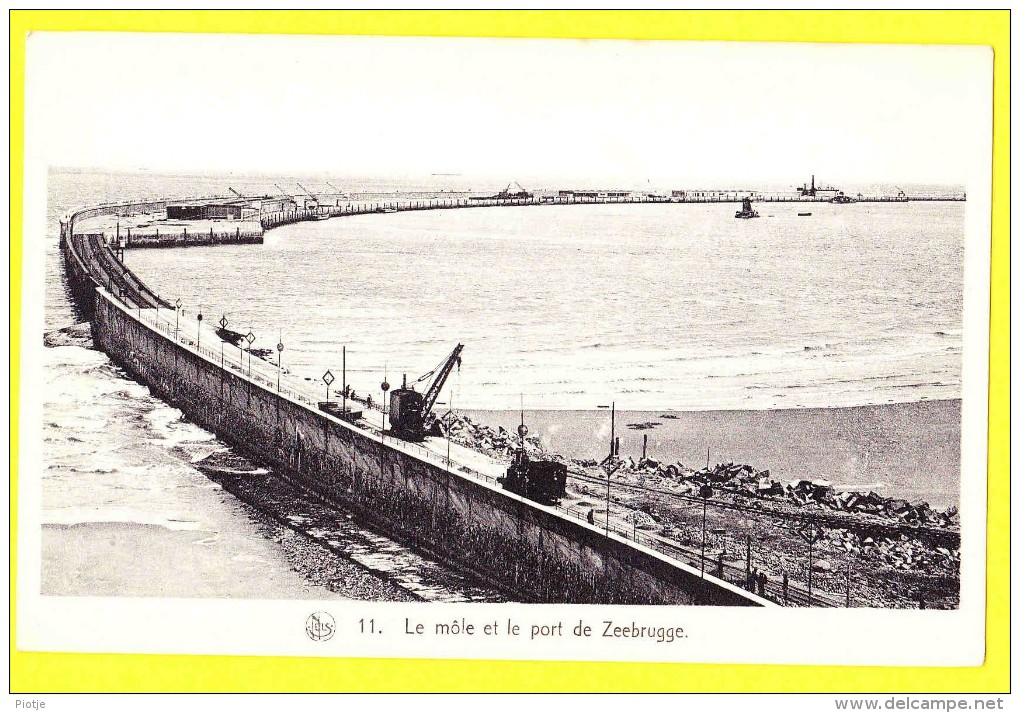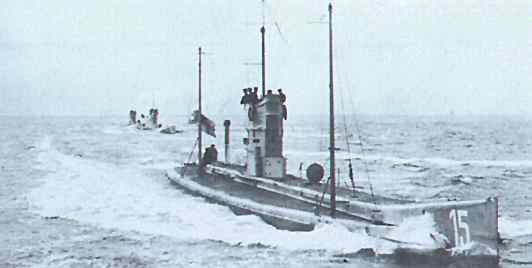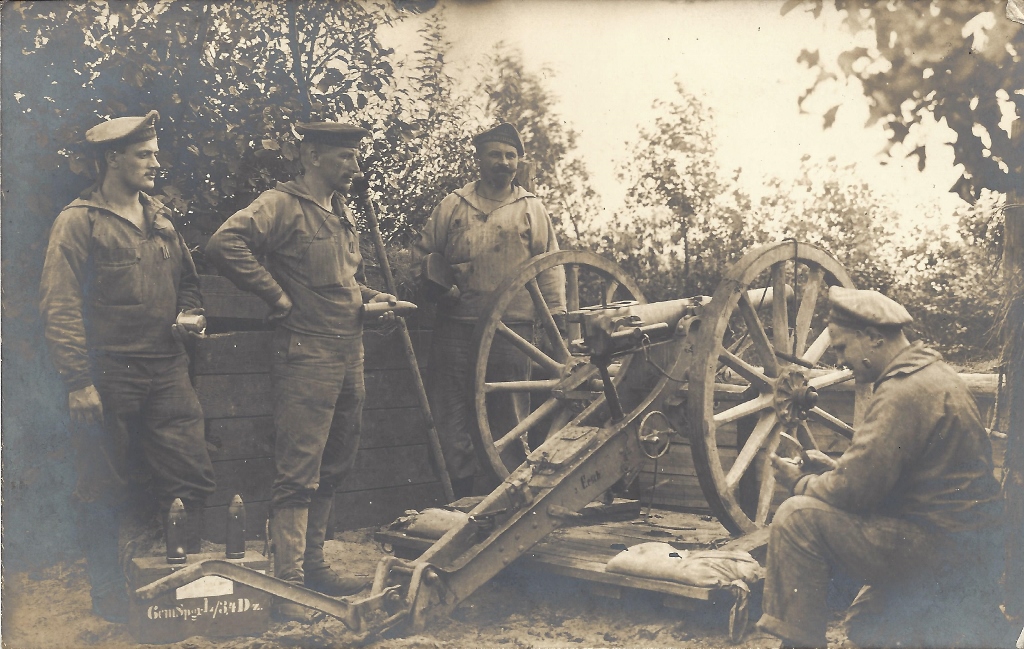Thread start
Riain
Banned
General Helmuth von Moltke had been working on von Schlieffen’s memorandum War Against France for over a year when he was summoned by the Kaiser, Wilhelm II to a War Council on December 8th 1912. Also in attendance were Admiral Alfred von Tirpitz (the Naval State Secretary), Admiral Georg Alexander von Müller (the Chief of the German Imperial Naval Cabinet), and Admiral August von Heeringen (the Chief of the Naval General Staff).While no binding decision came from this War Council several action were undertaken, including expansion Bills for the Army and Navy although the Chancellor Bethmann Hollweg was opposed to the Navy expansion Bill. Within ten days he had written and asked the Kaiser to end the Press campaign to drum up support for the Navy Bill, however he did support the Bill for the largest peacetime expansion of the German Army.

The Army expansion made v. Moltke’s task of planning for war considerably easier, however it was only a partial answer to his (and Germany’s) problems. Using on von Schlieffen’s memorandum War Against France as the basis for one of the four deployment plans required an extra 300,000 troops but the Army expansion was for an extra 135,000 troops, capped to maintain the aristocratic dominance of the Officer Corps. Von Motlke economised on troops for this Aufmarsch I West plan, he avoided Dutch terrority to save troops containing the Dutch Army and reduced the number of Corps allocated to masking Antwerp from five to two. These economies made the task of supplying the Armies of the right wing, if not easy, at least less difficult. However given the demand for troops to defend against the Russians and on the common border with France whose army was also expanding due to the new three year conscription term meant that the right wing was periously close to minimum requirements of troops.

The Army expansion made v. Moltke’s task of planning for war considerably easier, however it was only a partial answer to his (and Germany’s) problems. Using on von Schlieffen’s memorandum War Against France as the basis for one of the four deployment plans required an extra 300,000 troops but the Army expansion was for an extra 135,000 troops, capped to maintain the aristocratic dominance of the Officer Corps. Von Motlke economised on troops for this Aufmarsch I West plan, he avoided Dutch terrority to save troops containing the Dutch Army and reduced the number of Corps allocated to masking Antwerp from five to two. These economies made the task of supplying the Armies of the right wing, if not easy, at least less difficult. However given the demand for troops to defend against the Russians and on the common border with France whose army was also expanding due to the new three year conscription term meant that the right wing was periously close to minimum requirements of troops.




